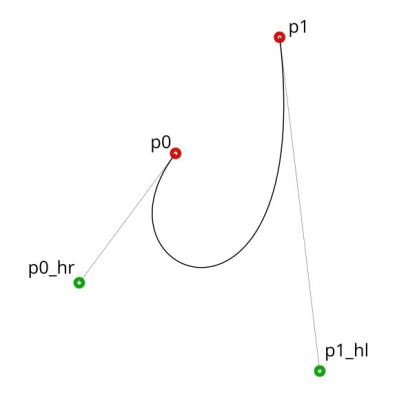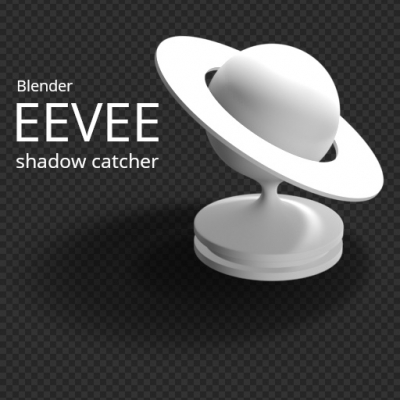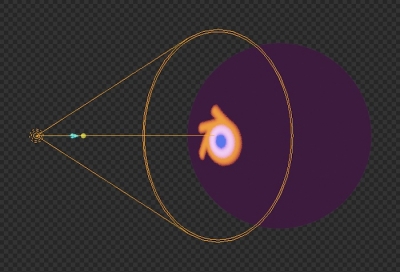Calling functions by pressing buttons in Blender custom UI
The button click is basically connected with the operator calling in the Blender user interface. However, some times actions, that need to be performed when a button is pressed, are quite simple and do not require a separate operator for them. And it makes no sense to fill a registered operators stack with a multitude of specific operators designed to perform one highly specialized function. It would be much more convenient to associate a button press with a separate function call but the Blender API allows to associate buttons only with an operator call.
 To solve the problem of creating a separate operator for each button we can use the fact that the operator can be called with the input parameters.
To solve the problem of creating a separate operator for each button we can use the fact that the operator can be called with the input parameters.
Calling functions by pressing buttons in Blender custom UIRead More »





